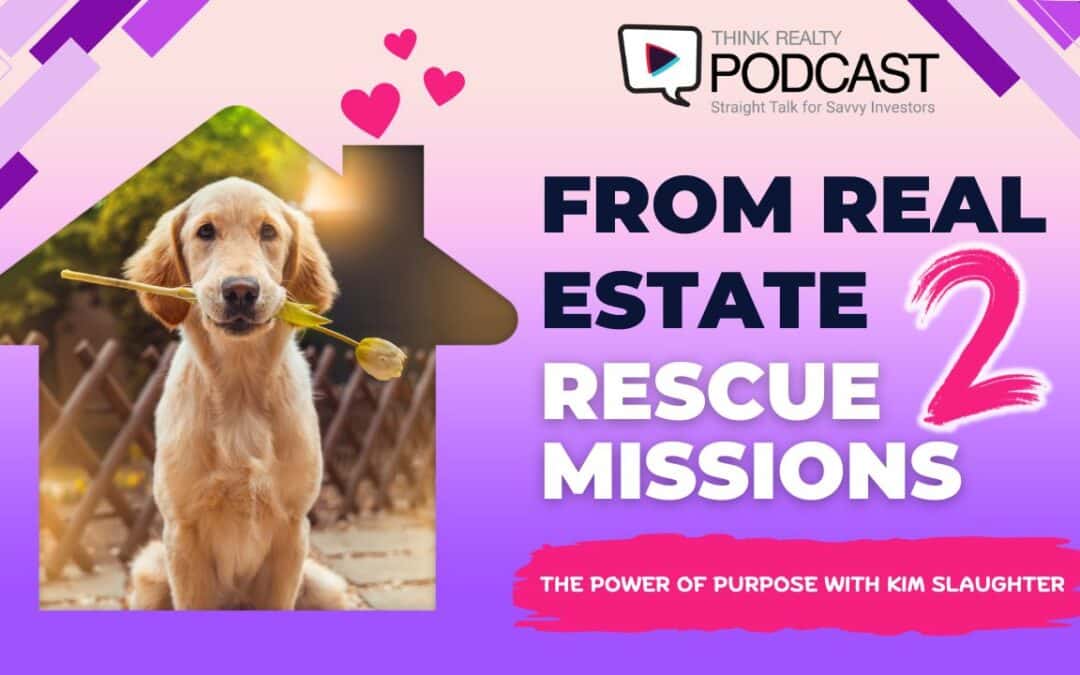Would you rather have tons of motivated sellers nearly knocking down your door or tons of tire-kickers waffling around and tying up your phones because they found your number on a postcard or letter that, by the way, took forever to print, stuff the envelopes, stick the stamps and send out?
I think most real estate investors will take those motivated sellers any day. The problem is that most investors have only learned about outbound marketing, like direct mail, and not inbound marketing, which leads to your leads reaching out to you.
Here’s a simple way to think about these two types of marketing:
- Direct mail is a good example of outbound marketing. The real estate investor (you) sends out thousands of pieces of mail in hopes that it reaches a homeowner facing a situation that would require your services.
- Inbound marketing, on the other hand, makes your services known in a variety of media so that people that already realize they need help can find you. Inbound marketing leads tend to be more motivated to work with you toward a common goal and more prepared to take the actions necessary to achieve that goal.
Furthermore, as you might already suspect, an online presence, your website, is perfect for inbound marketing. The Yellow Pages are dead and everybody and their grandmother is searching online to find the services they need. Most people have a website, but most people also make three big mistakes that prevent their websites from actually generating inbound leads:
Big Investor Mistake #1: Failure to Focus on Conversions
How do you make sure you are getting as many visitors to your website as possible to call you or submit the form? You’ve got to focus on convincing them to contact you, which is called a conversion.
Having your website optimized for conversions is of the utmost importance. As you work more and more to send traffic to your website, you want to make sure you squeeze the maximum number of leads out of that same traffic.
As an example, let’s say website A is not optimized for conversions and gets 200 visitors per month. Of those 200 visitors, only two people submit the form or call. The conversion rate for website A is one percent.
Now, let’s say website B is optimized for conversions and converts at seven percent. That same 200 visitors will produce 14 leads instead of two.
If we acknowledge that, roughly on average, investors are able to turn 1 out of 12 leads into a deal, website B could possibly generate a deal per month for its owner, whereas website A could take six months to generate a deal.
A seven percent conversion rate doesn’t sound like much more than one percent but the resultant single deal a month versus one deal every six months shows how big of a deal it really is.
How Do We Optimize Our Website For Conversions?
Motivated sellers usually don’t have a lot of experience selling real estate and are therefore apprehensive about being taken advantage of. Your website needs to put these sellers at ease and show that you are credible and professional. Use credibility boosting elements on your website to entice motivated sellers to contact you!
Credibility Boosting Website Elements
1. BBB Accredited Business Logo (only if you are, of course)
2. Testimonials: Videos are the best and should include the full name and location of the speaker.
3. Professional Design: Your website needs to look clean and well-designed. Think about it: If you are advertising the ability to pay cash for houses, needs to be clear that you also have enough cash to have a nice website.
4. Normal Pictures of you: Avoid stock pictures. They seem fake and too “corporate.” Sellers want to be able to relate to you and know there is a real person behind the website.
5. Lots of Contact Information: You really need your name, phone number (business phone) and address on your website. People like to know you are not hiding. You don’t want to just have a weird email address where people contact you.
Solid, Clear Calls to Action
Visitors to your website must know what you want them to do and what they will get from doing it. Within seconds, visitors to your website should be able to discern that you buy houses and what the benefits to them are.
Your Call to Action (CTA) form should be prominently displayed and website users should not have to scroll to see it. The form should be made the focal point by having it be a contrasting color to the rest of the site.
The button for the form should pop out even more. For example, you might use a form title like “Get a Cash Offer” and set a “default” on the button so that it reads, “Get My Cash Offer” so that visitors know immediately what you can give them and what they need to do to get it.
Maximize Ease of Use
Another factor in conversion optimization is ease of use. The best way to make a website easy to use is to make it simple to use, even if you have to break things down into multiple steps. For example, you might use a two-step opt-in form to avoid scaring off website visitors with a form that asks 50 personal questions up front.
The first form should only ask for Name, Phone, Email, and Address of the house they are selling. That’s it.
Once they submit that form, take them to the second form. This way, even if they don’t fill out the second form, you still have their contact info and can call them!
























0 Comments